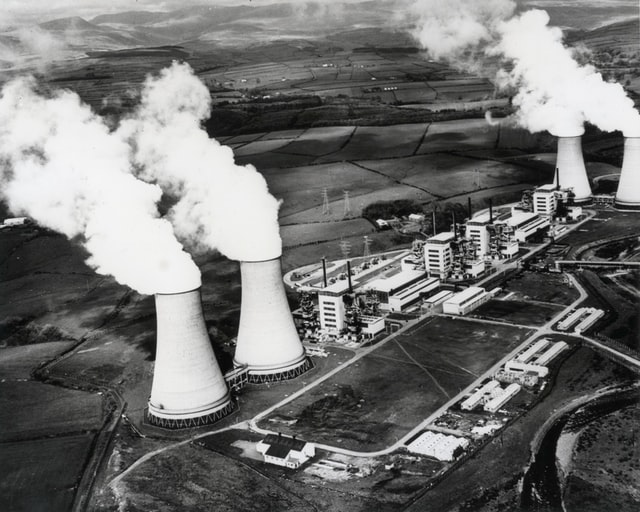Elite club’s unique nuclear reactor

So here comes the sun—in southern France! India is part of the elite club that has contributed to investing more than 20 billion dollars into a unique, first-of-its-kind nuclear reactor. This is a special steel cauldron, in which top scientists from various countries, including India, hope to generate clean nuclear energy by fusing atoms, a process just like the sun’s!
It is the world’s largest scientific project that has ever been undertaken. It will weigh about 23,000 tons and will use about 80,000 kilometres of special super conducting wires.
The International Thermonuclear Experimental Reactor (ITER) has brought India, China, South Korea, USA, Japan, Russia and the European Union together. Scientists are trying to see if they can jointly use the power of the Sun by keeping it in a steel bottle. The head of ITER, Dr. Osamu Motojima, explains that together all of them represent “half the world’s population” and “two-third of the global economic might.”
Nuclear plants today generate power by splitting atoms producing large quantities of radioactive waste that have posed a threat for centuries. It is sensitive. But the exciting news is that ‘fusion energy’ generates power by joining two atoms with the raw material of hydrogen. Whatever waste it generates will largely be the noble gas helium, or water.
With the help of giant magnets, some atoms will fuse and release huge amounts of heat that can run turbines to generate electricity. Hopefully, the fusion reactor will produce ten times more energy than that used to initiate the reaction estimated to produce the equivalent of 500 MW of power.
While scientists have always wanted to achieve this feat, it was just in 2006 when the ITER was formed.
India is providing a tenth of the components for the massive nuclear complex unfolding at Cadarache in France. New Delhi is contributing what would, when completed in 2021, be the world’s largest refrigerator at minus 269 degrees Celsius. India is also expected to contribute about 9,000 cores over the next decade to the project, thus paying for a little under 10% of the total cost.
Ratan K. Sinha, Chairman of the Atomic Energy Commission, Mumbai, confirmed that India’s participation in the ITER project, with its immense scientific talent and industrial competence, gives her an opportunity to master cutting edge technologies.
Once it establishes proof that we can use the power of the Sun, India can build its own fusion reactors after 2050.
Photo by Science in HD on Unsplash (Free for Commercial Use)
Image Reference: https://unsplash.com/photos/V5tQ-jrxiEQ










Leave a Reply